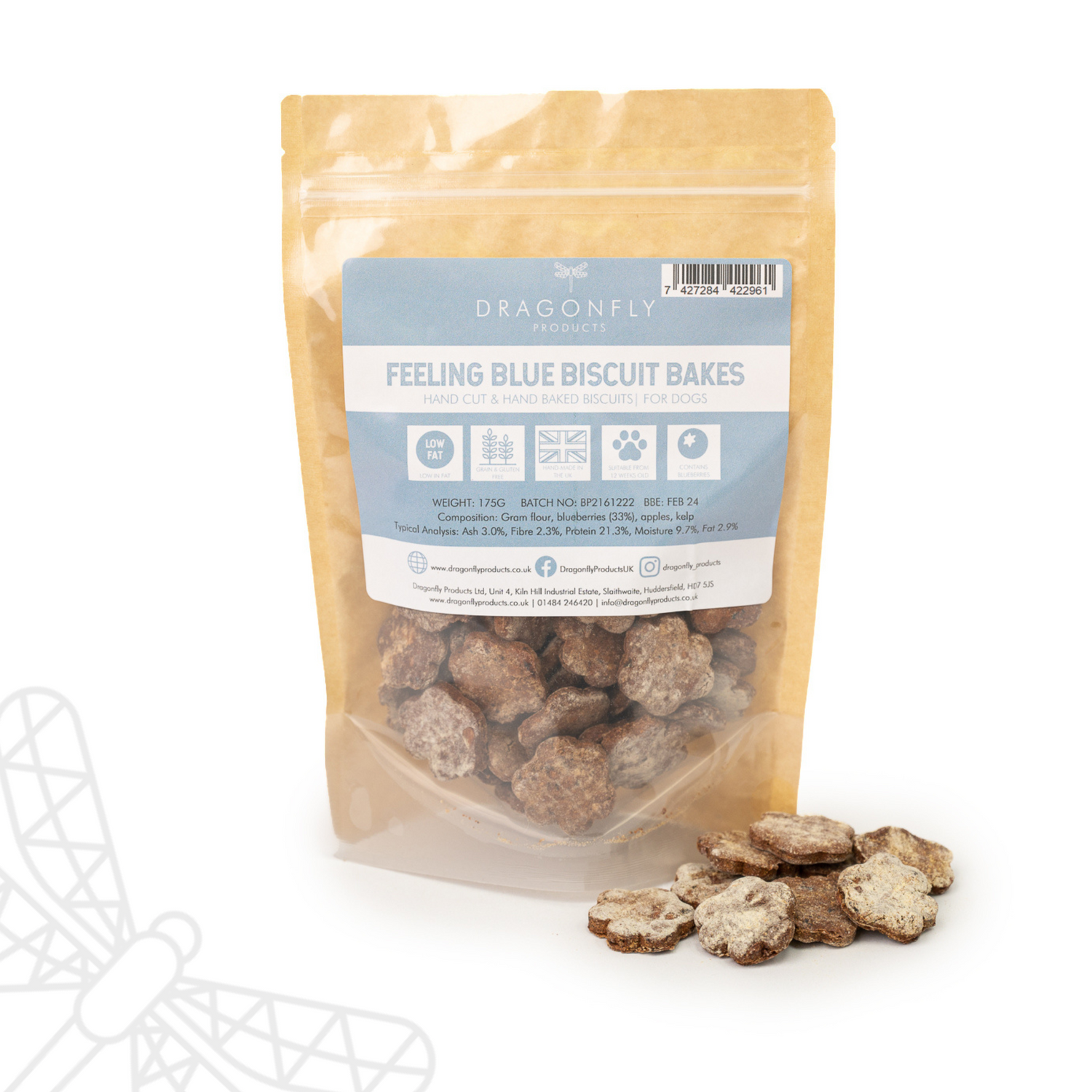
How can I tell if my dog is in pain?
As pet owners, we all want to keep our dogs happy and healthy, but it can be hard to know when they’re in pain. Dogs can’t tell us when something hurts, and they often try to hide it. Luckily, there are signs we can look out for that might show when something’s wrong.
Table of Contents
- What are the physical signs of pain in dogs?
- What are the behavioural signs of pain in dogs?
- Why is my dog panting or trembling when at rest?
- What does it mean if my dog is less active or stops eating?
- Why is my dog suddenly aggressive or defensive?
- What should I do if my dog whines or vocalises more than usual?
- What does excessive licking or chewing indicate in a dog?
- How do I know if my dog has internal pain?
What are the physical signs of pain in dogs?
Dogs may not always show obvious signs of pain, but there are several physical indicators that suggest discomfort or distress.
- Changes in posture: Dogs in pain might have a hunched or rigid posture. They may also arch their back or avoid lying down completely.
- Limping or favouring a limb: If a dog is limping or putting less weight on one of its legs, it could be an indicator of pain in that limb.
- Reluctance to move: A dog in pain may be reluctant to run, jump, climb stairs, or even get up.
- Shaking or trembling: Unexplained shaking or trembling can be a sign of pain, anxiety, or distress.
- Panting excessively: Dogs may pant when in pain, even if they haven't been physically active.
- Changes in gait: If a dog’s walking pattern changes, such as a slower pace or an uneven gait, this may suggest pain.
- Licking or biting a specific area: Dogs often lick or chew at an area that hurts, whether it's due to an external injury or an internal issue.
- Tension in the body: Muscles might become tense or rigid, especially around the face, back, or abdomen.
- Changes in facial expression: A dog in pain might have a furrowed brow, squinted eyes, or flattened ears.
- Restlessness: They may have difficulty getting comfortable or seem unusually restless, pacing around.
- Reduced grooming: Dogs in pain might stop grooming themselves or seem generally unkempt.
- Shallow or rapid breathing: Pain can cause a dog’s breathing to become more rapid or shallow.
- Dilated pupils or glassy eyes: Dogs in significant pain may have dilated pupils or a "glazed" appearance in their eyes.
What are the behavioural signs of pain in dogs?
Behavioural signs of pain in dogs can often be subtle, but they offer important clues that a dog may be in discomfort. Here are common behavioural indicators of pain in dogs:
- Restlessness: Dogs in pain may have difficulty settling down, pacing, or frequently changing positions to find comfort.
- Increased irritability or aggression: A dog in pain may become more irritable, growling or snapping when approached or touched, even if they are normally friendly.
- Avoiding interaction: Dogs in pain may withdraw from social interaction, avoiding people and other pets or hiding in places they don't usually go.
- Changes in activity level: A dog may become less active, avoiding exercise, play, or normal daily activities like climbing stairs or jumping onto furniture.
- Excessive licking, biting, or chewing: A dog might repeatedly lick or bite at a specific area that is causing pain, leading to sores or skin damage.
- Loss of interest in food or activities: A noticeable reduction in appetite, playfulness, or engagement in normal activities can indicate pain.
- Changes in sleeping patterns: Dogs in pain may sleep more than usual or have trouble finding a comfortable position and wake up frequently.
- Reluctance to be touched or handled: If a dog avoids being petted, resists being lifted, or seems skittish, it may indicate discomfort or pain.
- Unusual vocalisations: Whining, whimpering, howling, or barking more frequently or in unusual situations may signal pain.
- Changes in breathing: Pain can cause a dog to pant excessively or breathe shallowly or rapidly, even when it is at rest.
- Clinginess or seeking comfort: Some dogs in pain may become unusually clingy or needy, staying close to their owners for reassurance or protection.
- Aggression towards other pets: A normally sociable dog might become aggressive or defensive toward other household animals.
- Changes in grooming habits: Pain may cause a dog to stop grooming itself as often, leading to a lack of hygiene or an unkempt appearance.
- Excessive drooling or yawning: Some dogs drool excessively or yawn frequently in response to pain or discomfort.
- Depression or lethargy: Dogs in pain may appear depressed, disinterested, or show signs of lethargy.
- Unusual body language: To avoid discomfort, they may carry their tail between their legs, keep their heads low, or tuck their limbs close to their bodies.
- Frequent changes in body position: Shifting, turning, or frequently getting up and lying back down can indicate discomfort.
Why is my dog panting or trembling when at rest?
If your dog is panting or trembling when at rest, it may be a sign of pain, stress, or anxiety. While panting is normal after exercise or in warm weather, it can also indicate discomfort when there’s no obvious reason for it.
Trembling could also suggest physical pain or distress, especially if it’s persistent. If your dog shows these signs without an apparent cause, monitor them closely and consult with your vet to find out any underlying health issues.
What does it mean if my dog is less active or stops eating?
If your dog becomes less active or stops eating, it’s often a clear sign that something is wrong. Reduced activity levels could indicate pain, illness, or general discomfort, while a loss of appetite may point to digestive issues or more serious conditions.
Dogs are typically eager eaters, so refusing food or showing disinterest in things they normally enjoy is a red flag that shouldn’t be ignored.
Why is my dog suddenly aggressive or defensive?
Sudden aggression or defensiveness in your dog can be a response to pain or fear. Dogs that are normally calm and friendly may growl, snap, or even bite if they are experiencing discomfort and trying to protect themselves from further pain.
This change in behaviour could also stem from anxiety or a medical issue, so it’s crucial to assess whether there are any recent injuries or if your dog’s health has changed.
What should I do if my dog whines or vocalises more than usual?
If your dog is whining or vocalising more than usual, it may be their way of expressing pain or discomfort. Dogs often communicate distress through vocalisation, and increased whining, whimpering, or howling could be a signal that something isn’t right.
First, check if there’s an obvious source of discomfort, such as an injury, but even if there isn’t, it’s important to consult a vet. They can perform a thorough examination to identify any hidden issues, ensuring your dog gets the care it needs.
What does excessive licking or chewing indicate in a dog?
Excessive licking or chewing in a dog often indicates that something is wrong, either physically or emotionally. Dogs may lick or chew a particular area when they are experiencing pain, irritation, or discomfort, such as from an injury, infection, or skin condition.
It can also be a sign of anxiety or stress, where they develop the habit of licking or chewing as a coping mechanism. If your dog is obsessively focused on one spot or their behaviour is causing damage to their skin, it’s important to seek advice from your vet to determine the underlying cause.
How do I know if my dog has internal pain?
Recognising internal pain in a dog can be more challenging than spotting external injuries, but there are several signs to watch for. Dogs with internal pain may show general signs of discomfort, such as restlessness, lethargy, or a change in posture, such as a hunched back.
You might notice your dog being more sensitive to touch, especially around the abdomen, or they may have difficulty getting comfortable when lying down. Changes in appetite, excessive panting, or unusual behaviours like whining or hiding can also suggest internal discomfort.
For any further help and advice please contact us on 01484 246420 and why not join our social media channels and online community on Instagram, Facebook or YouTube.
With Wags and Woofs,
Laura, Dolly & Reggie


